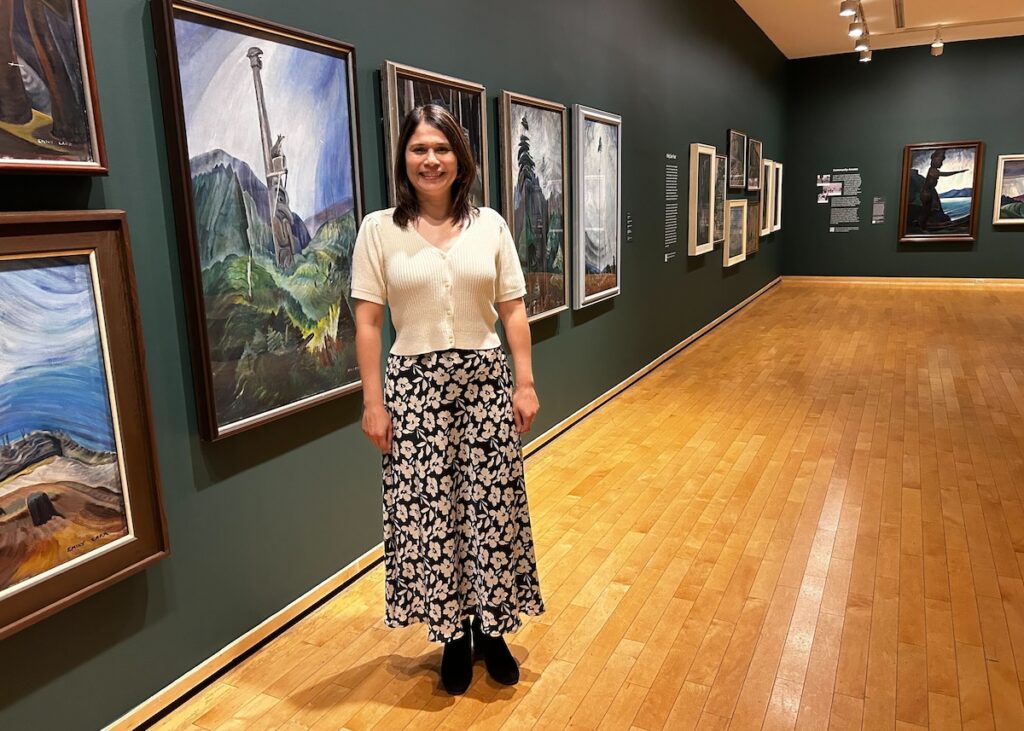Developing a Proactive Media Strategy with Limited Resources
Non-profits, public-sector entities and small businesses often face resource constraints that make controlling the narrative about themselves more difficult than it is for large organizations.
But it’s no less important, maybe even more so.
You could argue that for these entities, developing a proactive media strategy isn’t just a “nice to have,” it’s a necessity. It allows organizations to not only stay ahead of potential crises but also build long-term credibility, which is key to sustaining success over time.
Jasmine Bradley, senior director of communications and branding at the Vancouver Art Gallery, is an excellent example of someone who understands the power of a proactive media strategy—even in a resource-strapped environment. She moved from a 911 emergency communication centre to the world of non-profit arts and quickly recognized how important a strong media presence would be to navigate her organization’s unique challenges.

Why Proactive Media Strategies Matter
In sectors where resources are tight, the stakes are high. With limited funds, staff and time, organizations often feel like they’re constantly playing catch-up. Without a proactive media strategy, they risk losing control of their story and reacting to events as they happen, rather than shaping the narrative from the outset.
“Resourcing was scarce in the public sector. It’s even more scarce in non-profit and it’s even more scarce within the arts sector,” said Bradley. In such environments, being reactive isn’t an option. You need to anticipate challenges, align your communication strategies accordingly, and ensure that your organization is always seen in the best possible light.
Building a Strategy When Resources Are Scarce
So, how do you develop a proactive media strategy when your resources are stretched thin? Here are some practical tips:
Prioritize Media Relationships
Invest time in building strong relationships with key media outlets. As the major media landscape shrinks, these relationships can be your lifeline.
Bradley helped create a Vancouver Art Gallery Media Association to support local journalists, offering them Gallery passes, exclusive previews and tailored content. This not only built goodwill but also ensured that her organization’s stories got the coverage they deserved.
“Knowing the kind of things like [a journalist’s] formats, their needs, being able to tailor content in a meaningful way has been really helpful and well received,” she said.
Leverage What You Have
Even with limited resources, you can make a significant impact by leveraging existing assets.
Look at the content you already produce—press releases, event announcements, social media posts—and find ways to repurpose it. For example, if you’re hosting an event, consider creating a media kit that includes everything from press releases to video interviews with key figures.
This kind of forward-thinking makes it easier for journalists to cover your story and ensures that your message is communicated consistently across different platforms.
Align with Broader Social Issues
One of the most powerful ways to stay relevant is by aligning your organization’s mission with broader social issues. This not only keeps your organization top of mind but also helps build long-term credibility.
“There are so many deeper themes to everything that we’re doing,” said Bradley. “Everything connects back to art in some way, within the broader context of issues we’re all facing.”
For your organization, this might mean tying your work to trending topics like sustainability, social justice, or public health—issues that resonate deeply with today’s audiences.
Focus on Storytelling
In sectors with limited resources, your best weapon is a good story. Use storytelling to connect with your audience on an emotional level and humanize your organization.
At the Gallery, they’re doing this to keep the public invested in a long-term capital project so that support doesn’t lose steam.
“[People] want to understand more behind the new vision,” said Bradley. “Everything that we’re doing is influencing and shaping that campaign and that future.”
By consistently telling stories that highlight your organization’s impact, you can keep your audience engaged and supportive over the long term.
The Long Game: Building Credibility
The ultimate goal of a proactive media strategy is to build credibility over time. This is particularly important in resource-constrained sectors, where trust and public perception are often key to securing funding and support. Controlling the narrative and consistently communicating your organization’s value helps you lay the foundation for long-term success.
By developing a proactive media strategy that aligns with her organization’s goals and the broader social context, Bradley has been able to navigate challenges and keep the Gallery’s mission front and centre. This has not only helped the Gallery thrive in a competitive, resource-scarce environment but also ensured that it continues to be a cultural hub for the community.
So, take control of your organization’s story by prioritizing media relationships, leveraging existing resources, aligning with broader social issues and focusing on storytelling. You’ll build credibility that lasts. No matter how limited your resources are, the power of a well-crafted media strategy cannot be overstated.
Remember, it’s not about how much you have, it’s about how smartly you use it.
Receive our newsletter
Sign up below and we’ll be in touch with monthly updates about Broadsight, along with news and insights to keep you on the cutting edge of communications work in an AI era.

